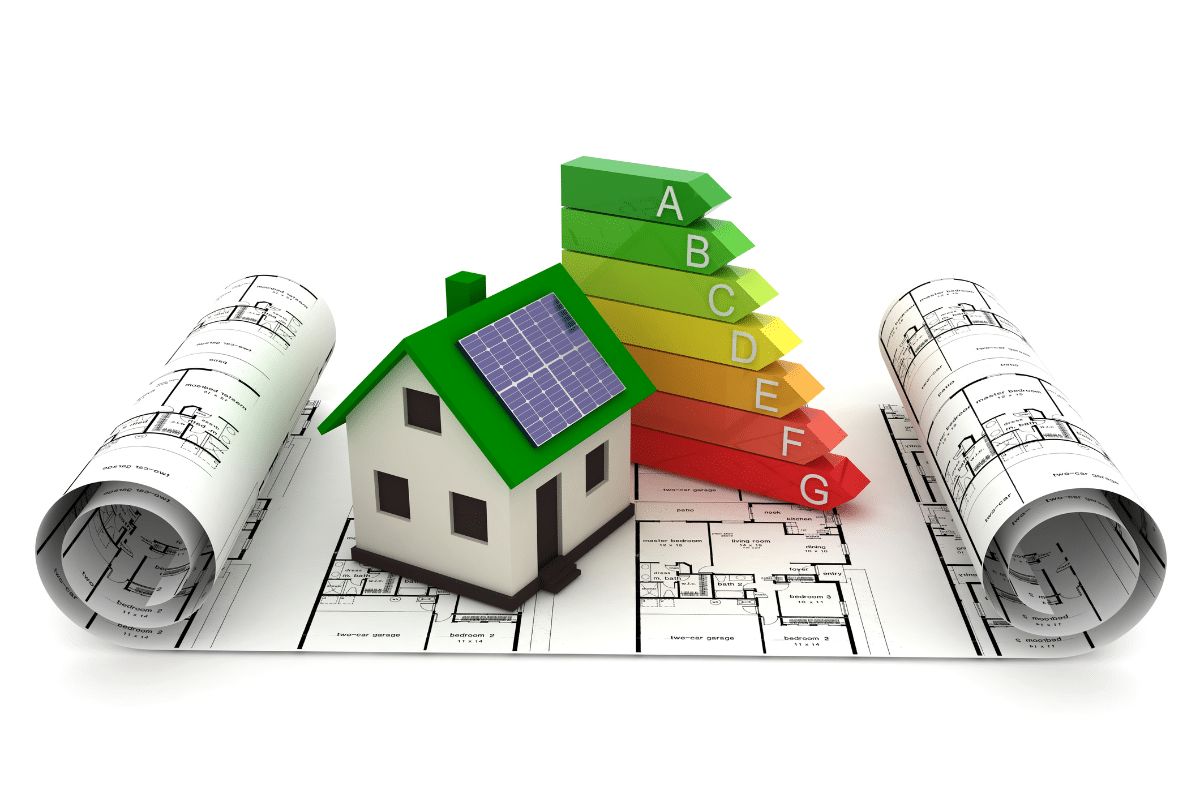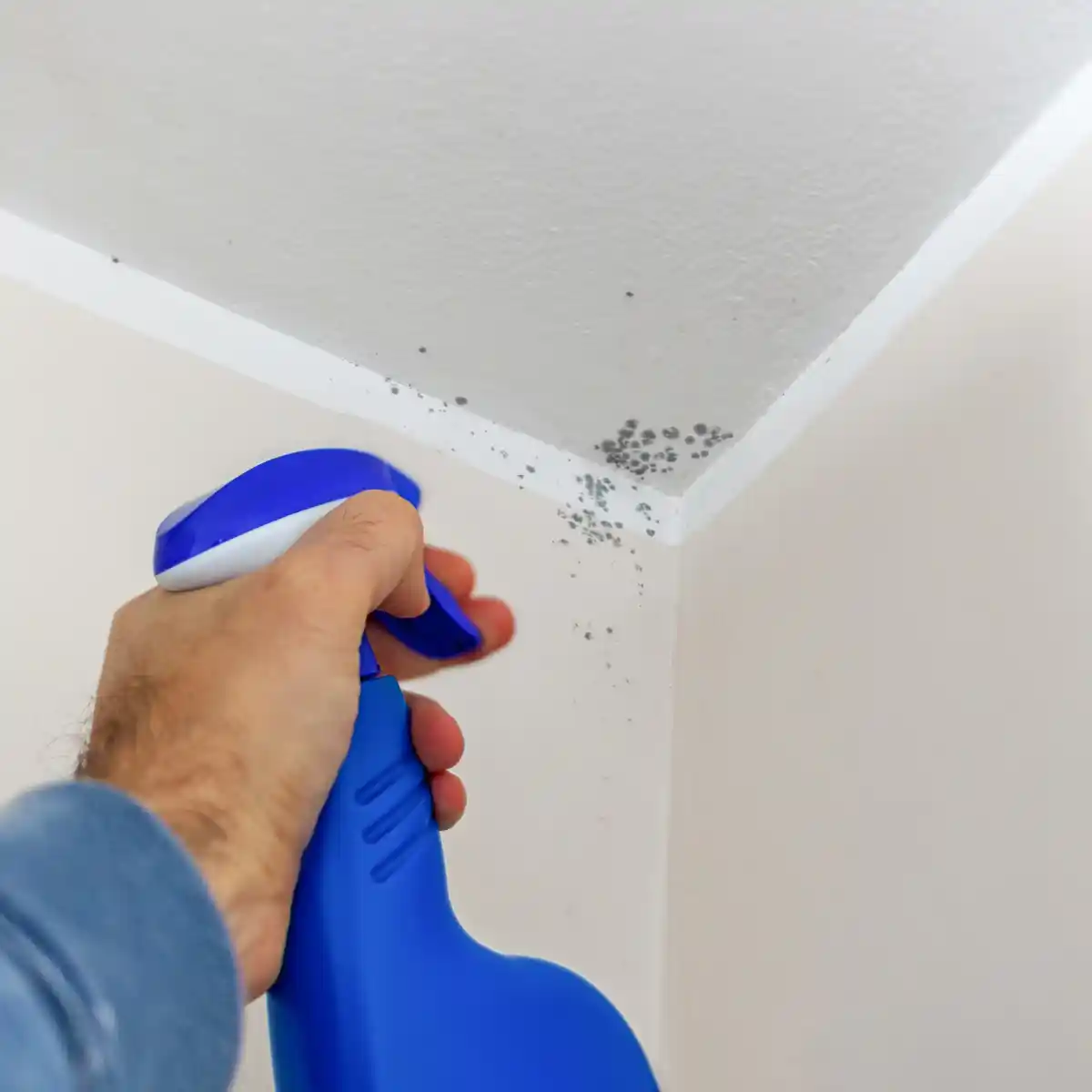Retrofitting simply means upgrading your existing home with features and technologies that improve its overall performance. It can make your home cosier in winter, cooler in summer, and – most importantly – save you money on your energy bills. But before diving headfirst into renovations, there are some key considerations to keep in mind.
Assessing Your Home’s Energy Performance
The first step in any retrofit project is an energy assessment, which helps identify where your home might be losing energy. Every home will have unique energy needs. Before tackling any major changes, it’s crucial to get a good understanding of how your home uses energy. Here’s where a Retrofit Assessment comes in. Imagine it as a health check-up for your house! A qualified Retrofit Assessor will visit your home and conduct a thorough evaluation of its energy efficiency. This might involve inspecting your insulation levels, windows, heating system, and other features and can reveal where improvements are needed.
The retrofit assessment will then provide a detailed report highlighting areas where your home is losing energy and recommend specific retrofitting measures to address those weaknesses. This report is like a roadmap for your retrofit journey, prioritising the improvements that will have the biggest impact. By starting with a professional energy assessment, you’ll have a clear idea of what measures to prioritise, maximising your home’s energy efficiency and helping you make informed choices for your retrofit.
Budgeting and Financing Your Retrofits
Retrofitting can be a great long-term investment, but it can often involve some upfront costs. Budgeting is essential in the retrofitting process, as costs can vary widely depending on the scope of work. It’s important to determine what you’re willing and able to invest in retrofitting. Setting a budget gives you a clearer picture of what’s achievable and allows you to explore financing options.
The good news is that there are plenty of resources available to help you manage the costs. There are many government-backed incentives, grants, or loans specifically designed to encourage homeowners to improve their energy efficiency. These programs can significantly reduce the financial burden of retrofitting. Doing some research online or contacting our experts for guidance is a great starting point to explore your financing options.




